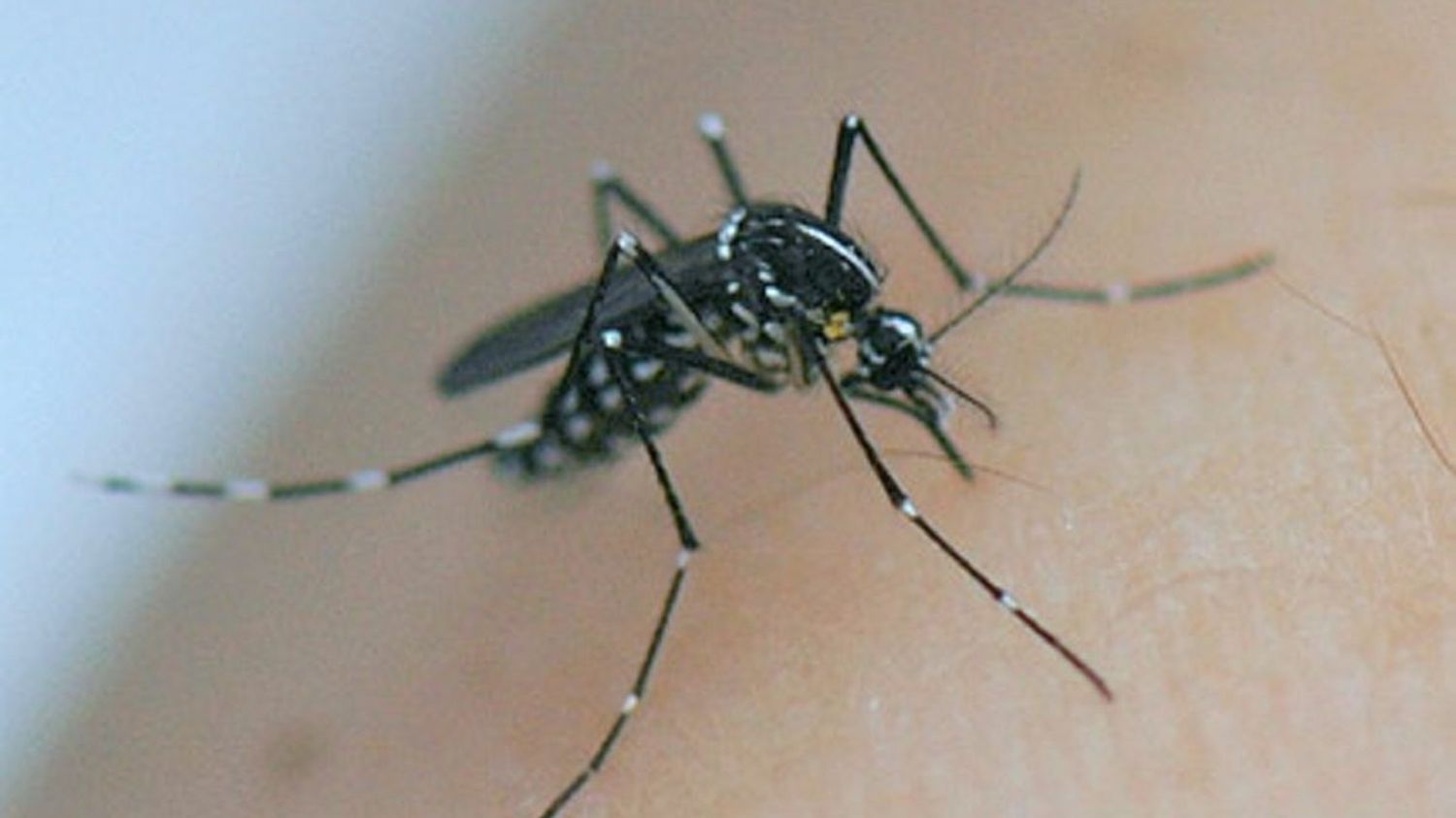An international study, coordinated by French research institutes, has calculated the cost of mosquitoes responsible for diseases around the world for more than four decades.

Published
Reading time: 1 min

The mosquito season begins in France with almost all departments now colonized by the tiger mosquito. For the first time, an international study, coordinated by French research institutes, evaluates how much the mosquitoes responsible for diseases such as dengue or chikungunya have cost over the last 45 years. This represents a total of 95 billion dollars for all the countries of the world. A sum which has increased in recent years “massive”, assure the researchers.
The tiger mosquito and the aegypti mosquito are the two species responsible for dengue, chikungunya, Zika and yellow fever. To calculate their cost, researchers added up over 45 years the expenditures of 166 countries for medicines, hospitalizations, work stoppages due to these diseases, loss of productivity and even purchases of mosquito repellent products per capita.
Result: these small insects have cost the countries of the world 95 billion dollars. And even 3.5 times more if we add the after-effects of diseases linked to mosquitoes, such as osteoarthritis for example. In France, the cost is 600 million euros over 30 years, with overseas territories being the most affected area.
What the researchers regret in this study is that each time, this money is spent on losses and damages, such as care. Ten times more than for prevention. Frédéric Simard from the Research Institute for Development: “This money, in any case, as a cost, is lost. We could invest it in prevention to prevent these losses from increasing exponentially as they are doing.” Exponential costs due to global warming and therefore the expansion of mosquitoes around the world.
